What you need to know about Ebola – Teachers
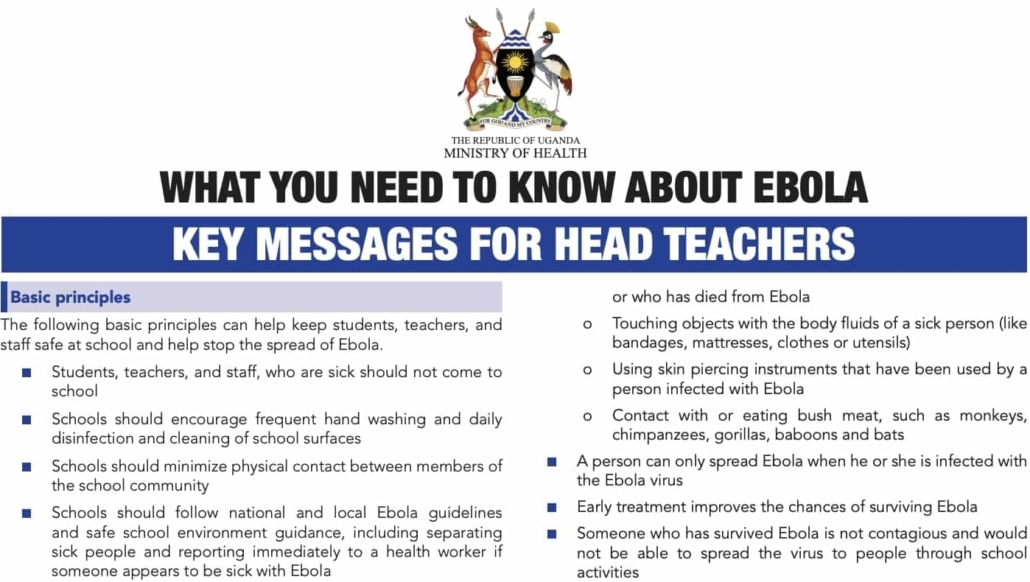 This fact sheet provides key messages for teachers on basic principles and steps to take to keep students, staff and teachers safe at school, facts about Ebola and preventing the spread of Ebola.
This fact sheet provides key messages for teachers on basic principles and steps to take to keep students, staff and teachers safe at school, facts about Ebola and preventing the spread of Ebola.
Sources:
 This fact sheet provides key messages for teachers on basic principles and steps to take to keep students, staff and teachers safe at school, facts about Ebola and preventing the spread of Ebola.
This fact sheet provides key messages for teachers on basic principles and steps to take to keep students, staff and teachers safe at school, facts about Ebola and preventing the spread of Ebola.
Sources:
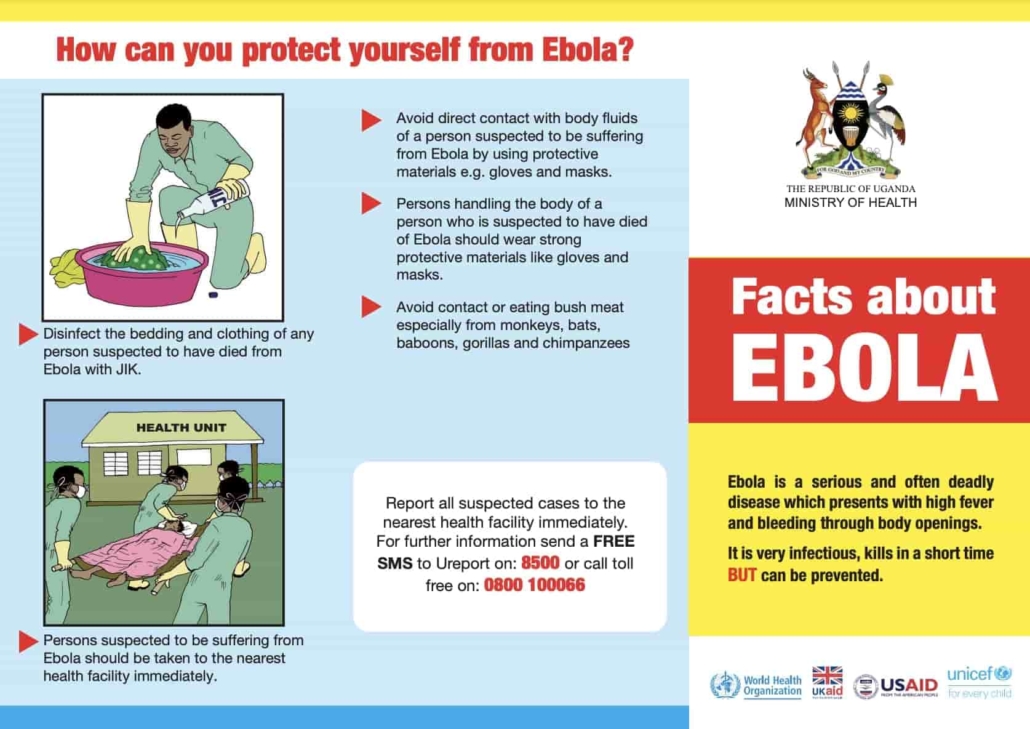 This illustrated fact sheet provides facts on EVD, how Ebola is spread, prevention methods and signs and symptoms.
This illustrated fact sheet provides facts on EVD, how Ebola is spread, prevention methods and signs and symptoms.
Source: Ebola Factsheet – How can you protect yourself against Ebola
With more than half of the cases of the epidemic persistently registered in the Western Area District of Sierra Leone, and cases continuing to rise, in late November 2014, the need for the ‘Western Area Surge’ was established.
The overall goal of the Surge was to interrupt the alarming upward trend with intensive community engagement and improved service provision over the period 15th December, 2014 to 31st December, 2015 in order to break the chain of transmission.
The Surge was designed around the inter-dependence of supply and demand factors within the wider enabling environment. In the lead up to the Surge, it was evident that the supply side was not adequately delivering services. A lack of trust in the health system and the wider response had developed which undermined any further demand creation. Therefore, the first step in the Surge involved drastically increasing the quality and quantity of all services, and communicating this to build confidence and encourage the public to come forward at the earliest possible stage.
Supported and launched at the highest level, His Excellency the President, Dr. Ernest Bai Koroma, went on National television and radio on the evening of 18 September and declared a “sit at home” for the period from 19 to 21 September 2014 to facilitate the implementation of the nationwide House to House Family Sensitization Campaign. Council chairmen and traditional leaders replicated this symbolic launch with similar events at districts and chiefdoms across the country. The MOHS, in collaboration with UNICEF, WHO, other partners, and line Ministries, conducted the campaign.
The goals were to:
• Achieve community ownership and participation in the EVD response;
• Engage the community in contact tracing and mitigating transmission risk; and,
• Lay a foundation for health sector recovery via interactive confidence building.
The objectives of the campaign were to:
• Reach 100% of households in the country with correct information on EVD;
• Increase community acceptance of EVD affected persons, especially children;
• Promote hand washing with soap at the household level;
• Rebuild public confidence and trust in the health system; and,
• Install neighborhood watch structures at community level.
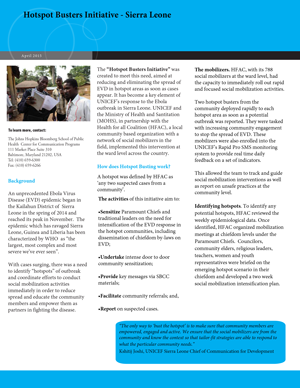 An unprecedented Ebola Virus Disease (EVD) epidemic began in the Kailahun District of Sierra Leone in the spring of 2014 and reached its peak in November. The epidemic which has ravaged Sierra Leone, Guinea and Liberia has been characterized by WHO as “the largest, most complex and most severe we’ve ever seen.” With cases surging, there was a need to identify “hotspots” of outbreak and coordinate efforts to conduct social mobilization activities immediately in order to reduce spread and educate the community members and empower them as partners in fighting the disease.
An unprecedented Ebola Virus Disease (EVD) epidemic began in the Kailahun District of Sierra Leone in the spring of 2014 and reached its peak in November. The epidemic which has ravaged Sierra Leone, Guinea and Liberia has been characterized by WHO as “the largest, most complex and most severe we’ve ever seen.” With cases surging, there was a need to identify “hotspots” of outbreak and coordinate efforts to conduct social mobilization activities immediately in order to reduce spread and educate the community members and empower them as partners in fighting the disease.
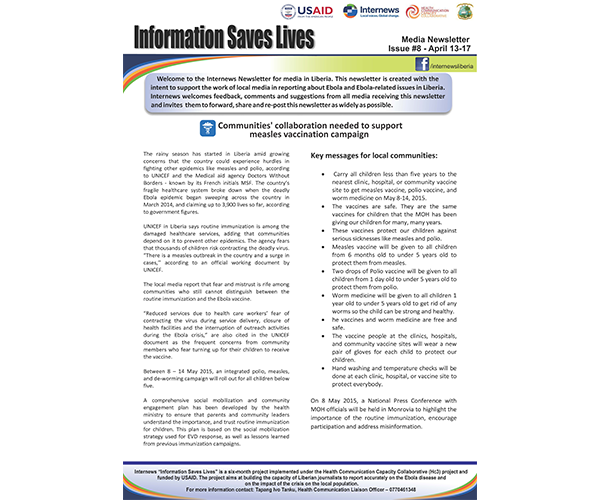
The Internews Newsletter for Media in Liberia is created with the intent to support the work of local media in reporting about Ebola and Ebola related issues in Liberia. The newsletter aggregates important information and resources for media so that the information they provided is accurate, consistent and reliable. |Download|
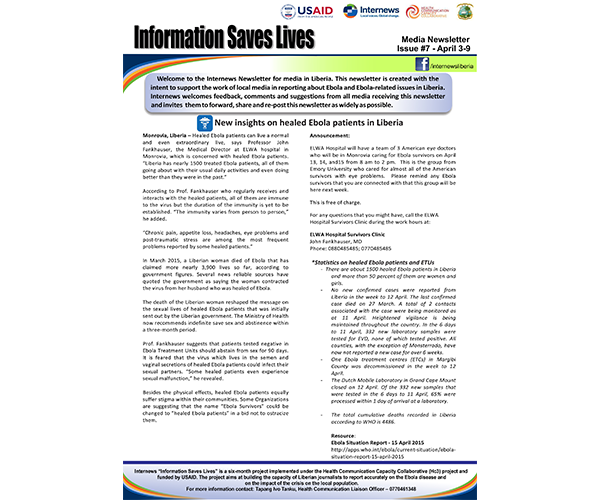
The Internews Newsletter for Media in Liberia is created with the intent to support the work of local media in reporting about Ebola and Ebola related issues in Liberia. The newsletter aggregates important information and resources for media so that the information they provided is accurate, consistent and reliable. |Download Issue 7|
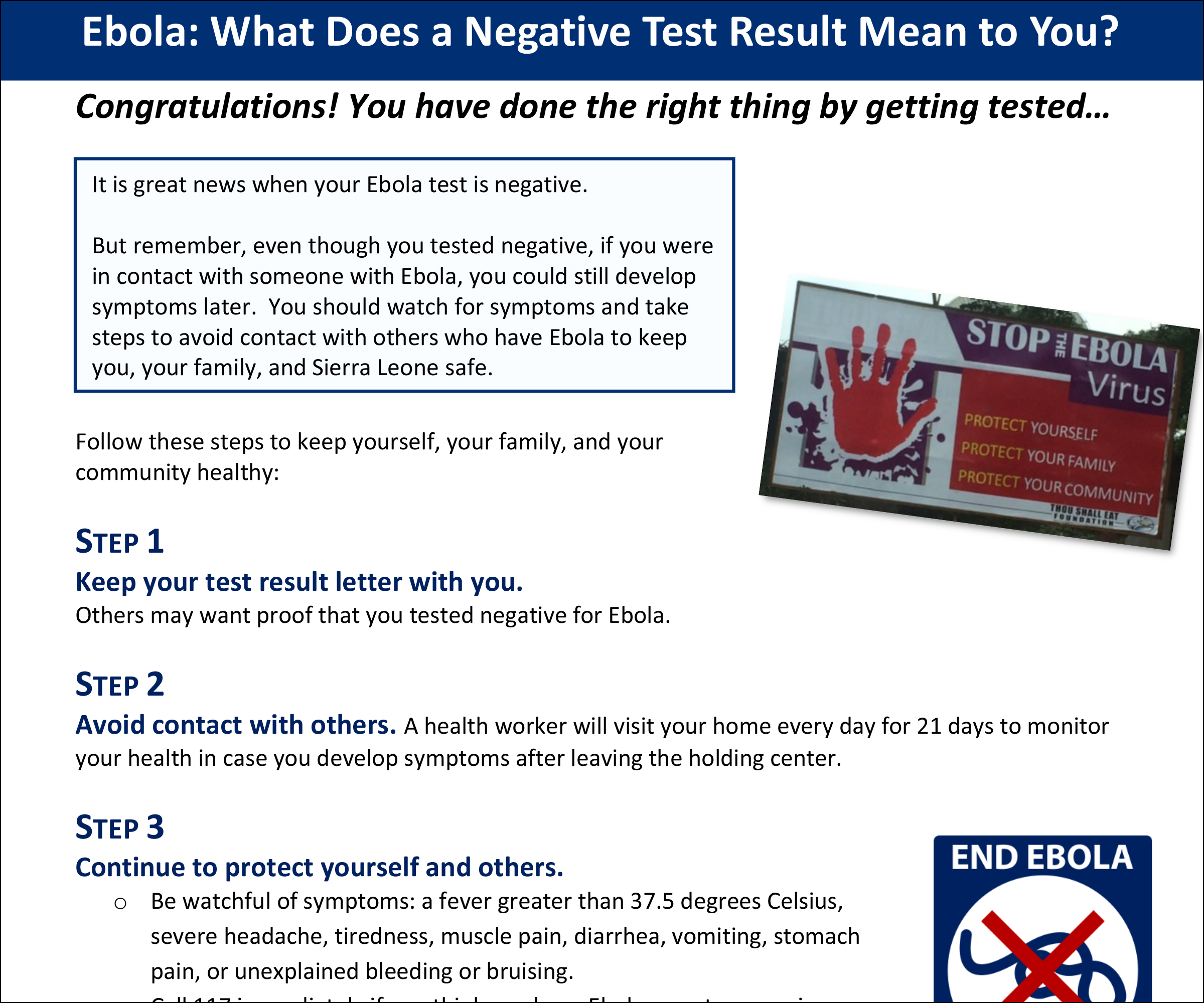 Explains that even after a negative test result for Ebola, you can still get Ebola and you need to take steps to keep you, your family, and Mama Salone safe. |Download|
Explains that even after a negative test result for Ebola, you can still get Ebola and you need to take steps to keep you, your family, and Mama Salone safe. |Download|
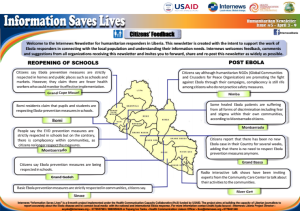 This newsletter is created with the intent to support the work of Ebola responders in connecting with the local population and understanding their information needs.
This newsletter is created with the intent to support the work of Ebola responders in connecting with the local population and understanding their information needs.
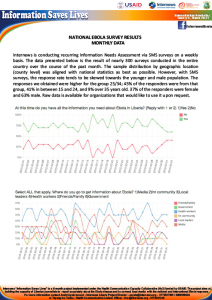 This newsletter is created with the intent to support the work of Ebola responders in connecting with the local population and understanding their information needs.
This newsletter is created with the intent to support the work of Ebola responders in connecting with the local population and understanding their information needs.

The Ebola Communication Network was originally developed by the Health Communication Capacity Collaborative (Cooperative Agreement #AID-OAA-A-12-00058) and expanded under Breakthrough ACTION (Cooperative Agreement #AID-OAA-A-17-00017) both under the leadership of Johns Hopkins Center for Communication Programs. This website is now maintained by Johns Hopkins Center for Communication Programs and its contents are the sole responsibility of CCP. The contents of this website do not necessarily reflect the views of USAID, the United States Government, or Johns Hopkins University.
